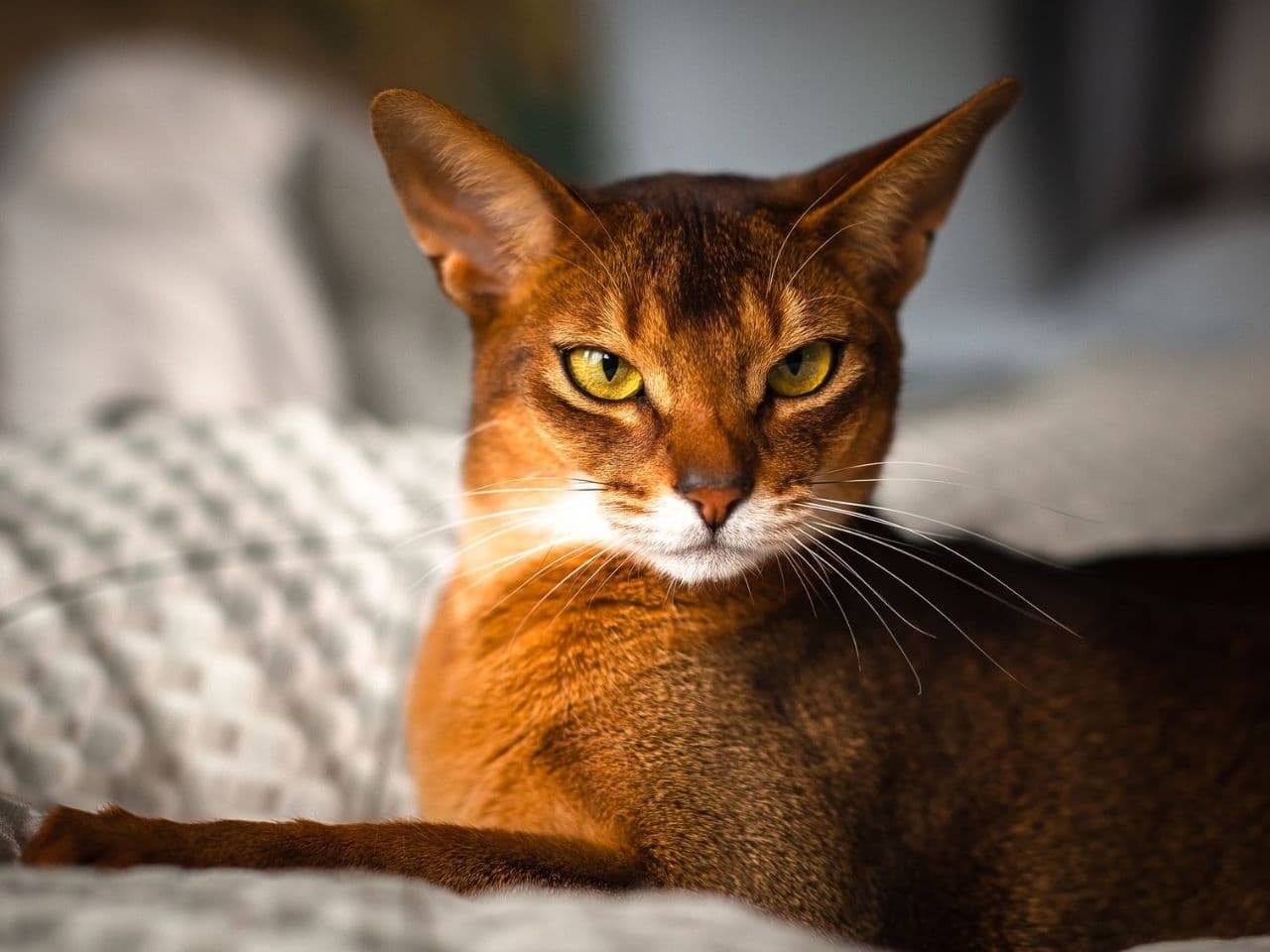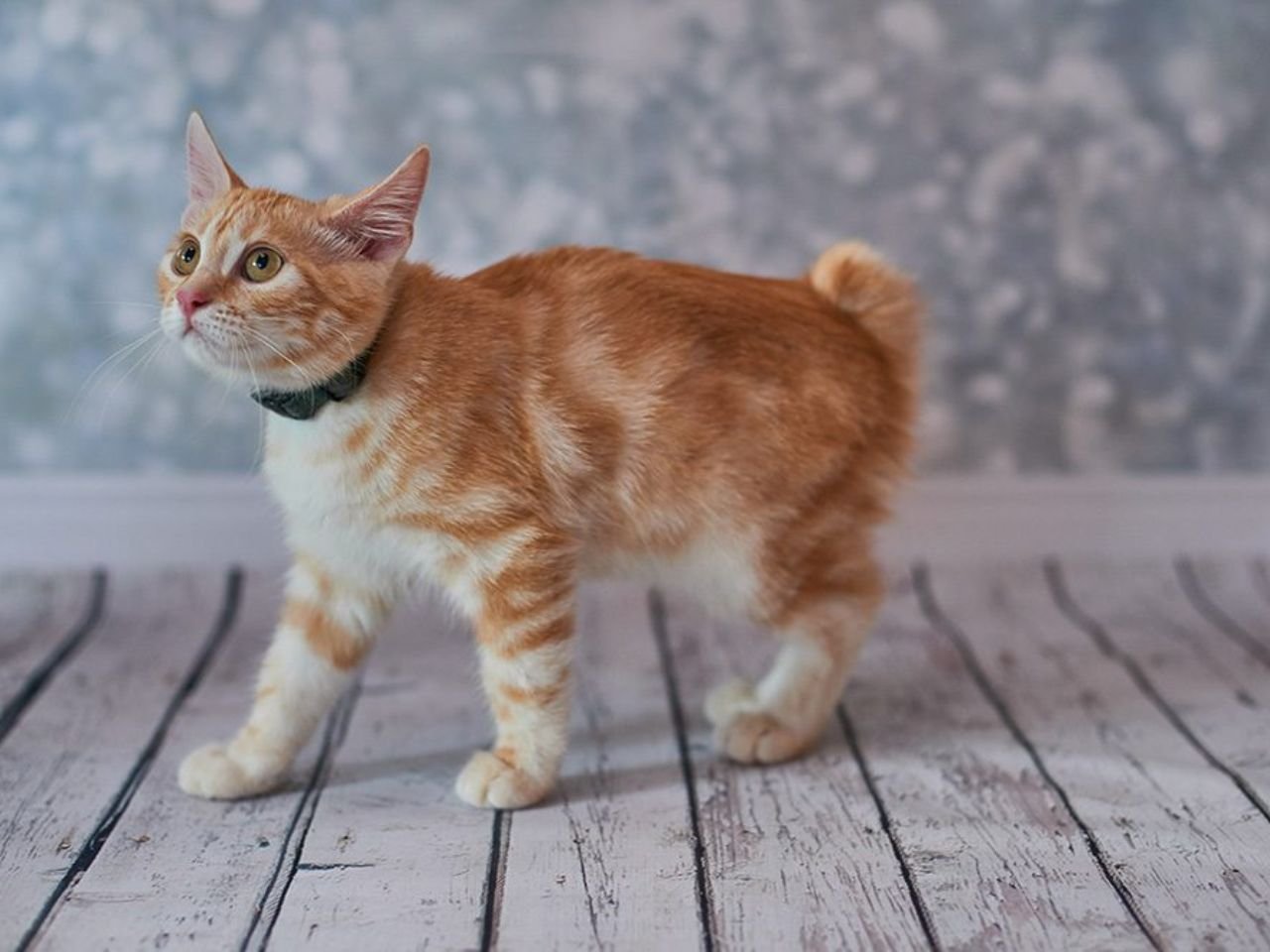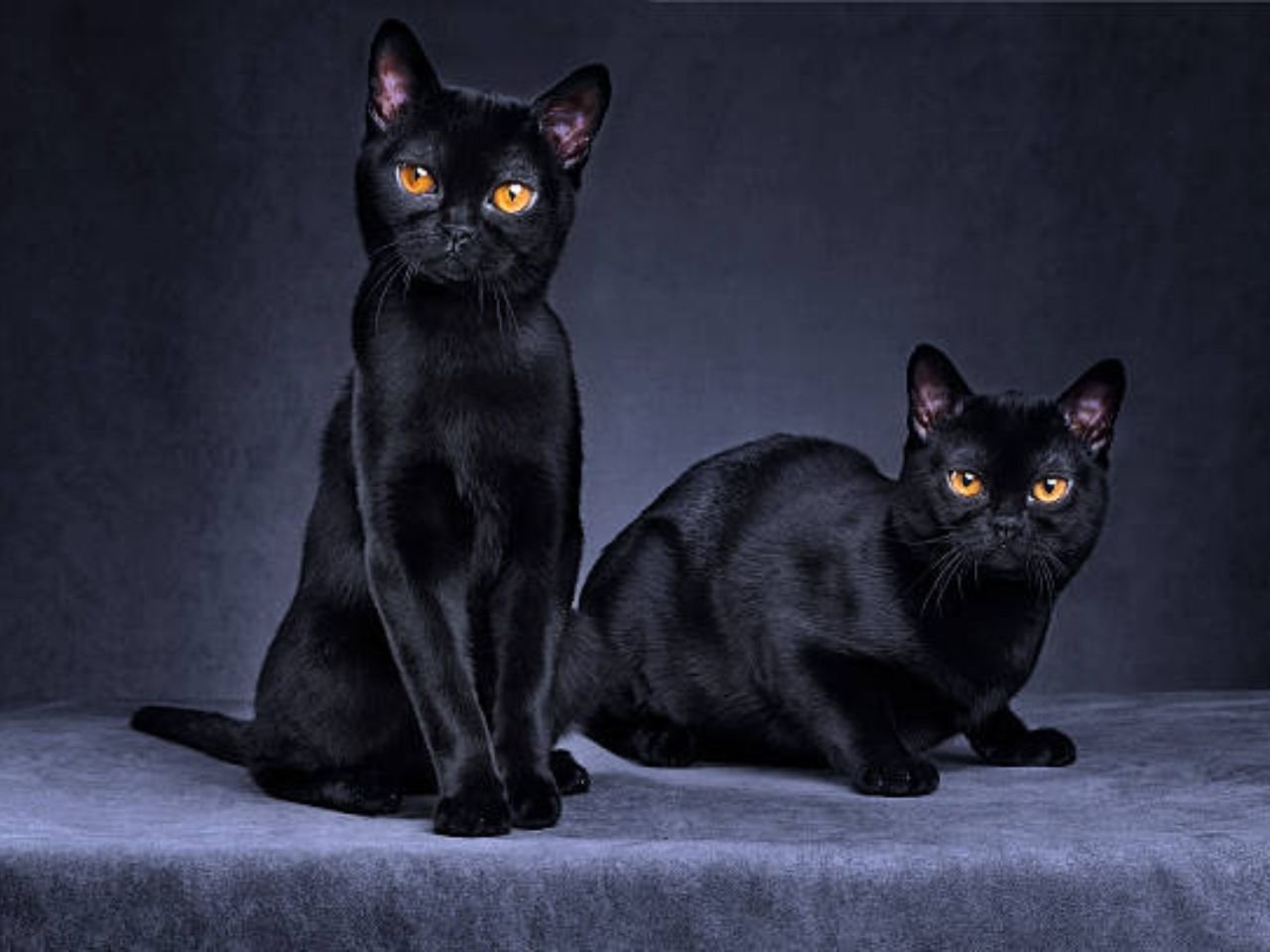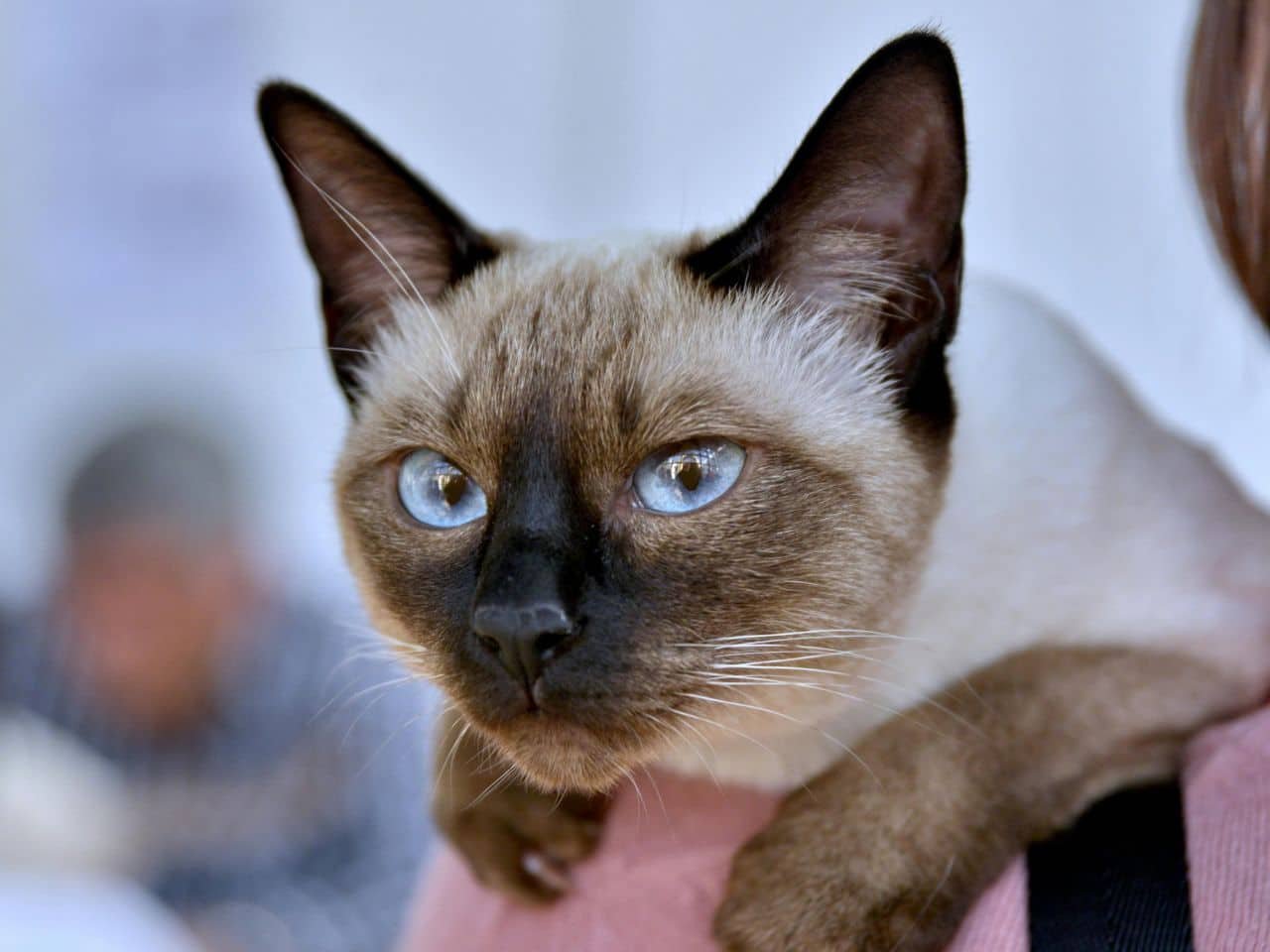The Most Dangerous In the world of felines, some cats stand out as the most dangerous predators. Humans are captivated by the wild, and few creatures embody this allure more than these cats. From the powerful tiger to the cunning leopard, they command both respect and fear. Let’s explore the realm of the most 9 lethal cats in the wild.
Contents Overview

1. Black-Footed Cat Felis nigripes
The Black-Footed Cat, considered the deadliest feline globally, is Africa’s smallest yet most lethal cat. Despite its petite size, this cat’s hunting skills are unmatched. particularly found in countries like Botswana, Namibia, and South Africa. Despite its diminutive size, this elusive feline is often hailed as one of the deadliest hunters in the animal kingdom, possessing remarkable adaptability and survival skills.
The Black-Footed Cat is the smallest African wild cat species, which is around 35 to 50 centimeters in length and weighs between 1.2 to 2.5 kilograms. its petite stature belies its ferocious hunting abilities. Renowned for its exceptional hunting prowess, it boasts a hunting success rate estimated to be as high as 60%, making it one of the most efficient predators in the wild.
Distinctive for its dark fur on the undersides of its feet, the Black-Footed Cat derives its name from this unique characteristic. Its coat typically varies in color from pale gray to reddish-brown, adorned with black spots and stripes that aid in camouflage within its arid habitat.
Unlike other wild cats, the Black-Footed Cat is predominantly solitary and nocturnal, relying on its keen senses of sight and hearing to stalk its prey under the cover of darkness. Its diet primarily consists of small mammals, birds, insects, and reptiles, and it has been observed to consume up to 14 prey items in a single night.
Despite being a skilled predator, the Black-Footed Cat faces numerous threats to its survival, including habitat loss, fragmentation, and human-wildlife conflict. Conservation efforts are crucial to safeguarding this species, with initiatives focusing on habitat protection, research, and community education aimed at promoting coexistence between humans and wildlife.
Intriguingly, the Black-Footed Cat remains relatively understudied compared to other felid species, making it a subject of ongoing research and conservation concern. Understanding its behavior, ecology, and genetic diversity is essential for formulating effective conservation strategies to ensure the long-term survival of this enigmatic species in the African wilderness.
02. Bengal Tiger
The Bengal Tiger,
This magnificent big cat primarily inhabits the lush forests, mangroves, and grasslands of the Indian subcontinent, particularly in India, Bangladesh, Nepal, Bhutan, and Myanmar. Roam the jungles preying on large animals like deer with ease. It’s a top predator in its habitat.
The Bengal Tiger, scientifically known as Panthera tigris tigris, stands as one of the most emblematic symbols of India’s rich biodiversity and cultural heritage. With its striking orange coat adorned with black stripes and powerful physique, the Bengal Tiger exudes an aura of regal elegance and ferocity.
The Bengal Tiger’s significance transcends its physical allure; it holds a pivotal role in the ecosystem as an apex predator, regulating prey populations and maintaining ecological balance. However, the species faces numerous threats, primarily stemming from habitat loss, poaching, and human-wildlife conflict. Deforestation, encroachment of human settlements, and illegal trade in tiger parts continue to diminish its habitat and endanger its survival.
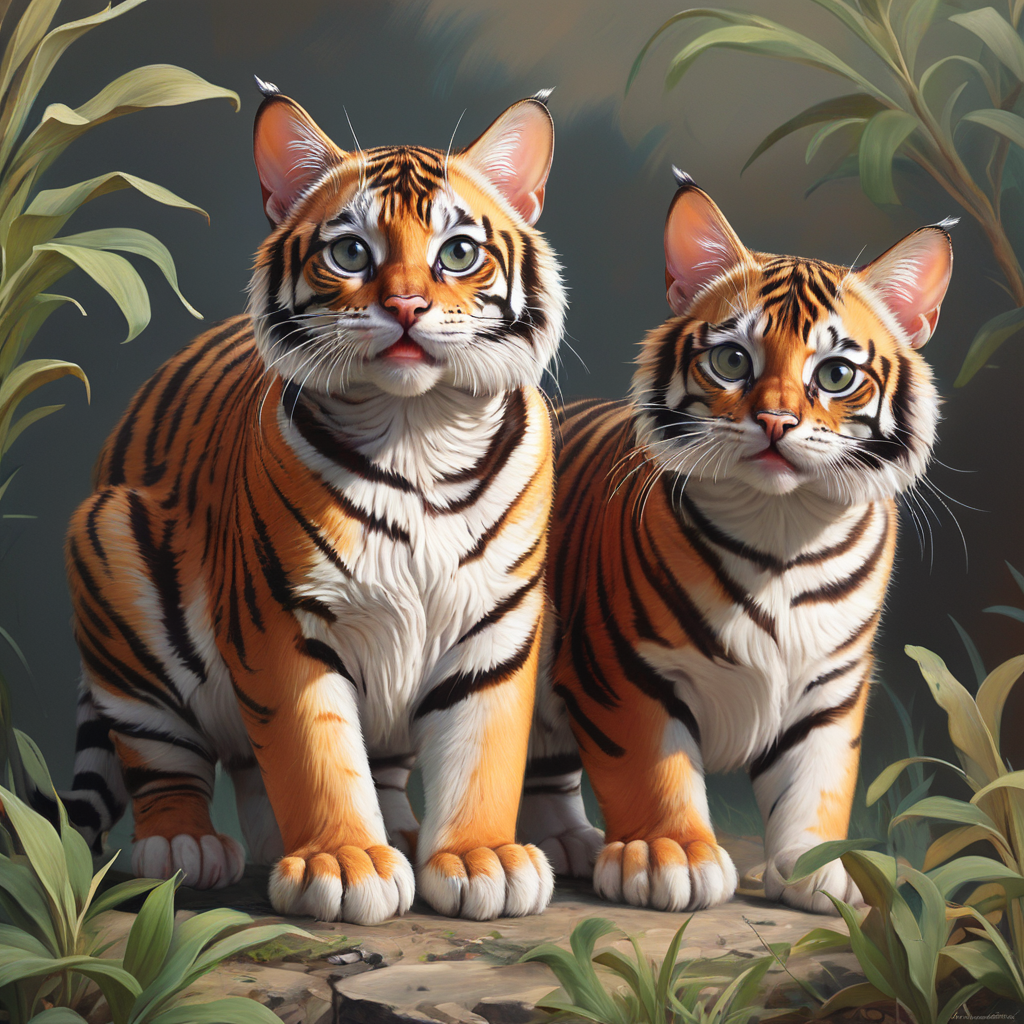
03. Jaguar
The Jaguar Cat, scientifically known as Panthera onca, stands as an emblem of power, beauty, and mystique in the animal kingdom. Native to the Americas, particularly Central and South America, this magnificent feline is the largest cat species in the Western Hemisphere and the third-largest globally, following the tiger and lion.
Known for its distinctive golden-yellow fur adorned with characteristic rosette-shaped spots, the Jaguar Cat holds a significant place in indigenous cultures, symbolizing strength and agility. However, despite its revered status, the Jaguar faces numerous threats to its survival, primarily habitat loss, fragmentation, and poaching.
In recent years, conservation efforts have intensified to protect the Jaguar and its habitats. Governments, NGOs, and local communities are collaborating to establish protected areas, implement anti-poaching measures, and promote coexistence between humans and Jaguars. Additionally, scientific research plays a crucial role in understanding Jaguar behavior, ecology, and genetics, aiding conservation strategies.
Technology also contributes to Jaguar conservation through tools like camera traps, GPS tracking, and genetic analysis, providing valuable insights into Jaguar populations and movements.
Furthermore, ecotourism initiatives offer sustainable economic alternatives to local communities, emphasizing the value of preserving Jaguar habitats for future generations.
04. Cheetah
The Cheetah, famed for its incredible speed and agility, is one of the fastest land animals globally. It uses its swift movements to chase down prey swiftly.
The Cheetah cat, scientifically known as Acinonyx jubatus, is a majestic feline species renowned for its unparalleled speed and striking appearance. Found primarily in sub-Saharan Africa and parts of Iran, these magnificent creatures have captivated the imagination of humans for centuries.
Cheetah cats are distinct in their slender build, spotted coats, and long, muscular tails. Their iconic black tear marks, which run from the inner corners of their eyes to the sides of their mouths, are believed to help reduce glare from the sun during hunts. Renowned as the fastest land animal, cheetahs can sprint at speeds of up to 60 to 70 miles per hour (96 to 112 kilometers per hour) in short bursts, enabling them to chase down prey with remarkable agility and precision.
Despite their formidable hunting prowess, cheetahs face numerous threats in the wild, including habitat loss, human-wildlife conflict, and poaching. Conservation efforts are crucial for ensuring the survival of these vulnerable species, with initiatives focusing on habitat preservation, anti-poaching measures, and community education.
In recent years, researchers have made significant strides in understanding the behavior, ecology, and genetics of cheetahs, shedding light on their complex social structures, mating rituals, and evolutionary history. Collaborative studies involving advanced technologies such as GPS tracking, genetic analysis, and camera traps have provided valuable insights into the lives of these elusive cats.
05. Bobcat
Bobcat cats, native to North America, are elusive predators that captivate both researchers and wildlife enthusiasts alike.
Physical Characteristics: Medium-sized with short tails and tufted ears, bobcats boast a range of fur colors and patterns, aiding their camouflage in diverse habitats.
Habitat and Distribution: Found across forests, deserts, and swamps, bobcats inhabit regions from southern Canada to Mexico, with occasional sightings in Central America.
Behavior and Diet: Solitary and nocturnal hunters, bobcats prey on small mammals like rabbits and rodents, utilizing stealth and agility for successful hunts.
Conservation Status: While not endangered, bobcats face threats such as habitat loss and hunting, prompting conservation efforts to protect their populations and habitats.
Interaction with Humans: Bobcats generally avoid human settlements but may encounter conflicts in areas of urban expansion. Education and responsible management are key to coexistence.
06. Asian Golden Cat
The Asian Golden Cat, with its captivating golden fur and elusive demeanor, inhabits the dense forests of Southeast Asia. This medium-sized wildcat, ranging across countries like India, Myanmar, and Thailand, fascinates researchers and wildlife enthusiasts alike.
Known for its solitary nature, the Asian Golden Cat hunts at night, preying on small mammals and birds. However, habitat loss and poaching threaten its existence, earning it a Near Threatened status.

Conservation efforts, including habitat preservation and community engagement, aim to secure the future of this magnificent feline. Through collective action, we can ensure that the enigmatic Asian Golden Cat continues to thrive in its natural habitat.
07. Mountain Lion (Puma)
The mountain lion, also known as puma or cougar, is a solitary and powerful big cat that roams diverse habitats across the Americas. This article delves into their behavior, habitat preferences, and conservation challenges.
Behavior: Mountain lions are elusive predators, active mainly at dawn and dusk. With keen senses, they hunt a variety of prey and possess remarkable agility for climbing and leaping.
Habitat: These cats inhabit various ecosystems like forests, mountains, and deserts. However, habitat loss and fragmentation threaten their range and survival.
Conservation: Challenges such as habitat loss, poaching, and human-wildlife conflicts endanger mountain lions. Conservation efforts focus on habitat restoration, wildlife corridors, and public awareness.
08. Sphynx Cat
The Sphynx Cat, known for its unique hairless appearance, can exhibit a feisty and assertive personality. This breed stands out in the domestic cat world.
The Sphynx cat, renowned for its hairless appearance and friendly demeanor, has captured the hearts of cat lovers worldwide. In this concise summary, we’ll explore the key characteristics, care essentials, and intriguing history of this unique feline breed.
Distinctive Features:
The Sphynx cat stands out with its hairless coat, wrinkled skin, and large ears. Despite their lack of fur, they possess a soft, velvety texture due to a fine layer of downy fur. Available in various colors and patterns, their striking appearance is sure to leave an impression.
Personality and Care:
Sphynx cats are known for their affectionate nature and love for human companionship. They thrive on attention and enjoy interactive play. Proper care includes regular bathing to maintain skin health and protection from temperature extremes. Providing stimulating toys and a balanced diet ensures their well-being.
History and Development:
Originating from a genetic mutation in Canada in the mid-20th century, the Sphynx cat breed has undergone selective breeding to establish its presence in the feline world. Despite initial skepticism, their unique charm and sociable nature have made them cherished pets worldwide.
09. Siamese Cat
Siamese cats, with their striking appearance and engaging personality, are a beloved breed among cat enthusiasts worldwide. Originating from Thailand, these cats are known for their sleek bodies, striking blue eyes, and distinctive pointed coloration.
Renowned for their vocal nature and sociable demeanor, Siamese cats thrive on human interaction and make excellent companions for households with children or other pets. Their intelligence and curiosity mean they enjoy interactive toys and mental stimulation.
With minimal grooming needs and a range of coat colors and patterns, including seal point, chocolate point, and blue point, Siamese cats offer both beauty and companionship to those fortunate enough to share their homes. Siamese cats continue to enchant and captivate with their unique charm, making them a cherished addition to any family.
Conclusion
The cat kingdom boasts a diverse range of species, with some standing out as the most dangerous and formidable predators. From the sleek Cheetah to the powerful Bengal Tiger, each cat brings its unique set of skills to survive and thrive in the wild.
F.AQuestions For Most Dangerous Cats: Unveiling The Fierce Felines
-
Which Is The Most Dangerous Feline In The World?
The most dangerous feline in the world is the black-footed cat, also Africa’s smallest cat. It makes the mighty lion look pathetic.
-
Which Cat Is The Most Aggressive?
The Siamese cat is considered to be the most aggressive of all cat breeds. This is likely due to their tendency to get jealous of other pets and their clingy nature, becoming very attached to their favorite human. Beware of their feisty temperament!
-
What’s The Most Dangerous House Cat?
The black-footed cat is the most dangerous house cat, known as the world’s deadliest feline and smallest African cat.
-
What Is The Toughest Cat In The World?
The toughest cat in the world is the tiger, known for its strength and agility in the wild.
-
What Is The Most Dangerous Cat In The World?
The black-footed cat Felis nigripes is the most dangerous feline in the world. Despite being small in size, it is known for its deadly hunting skills.
